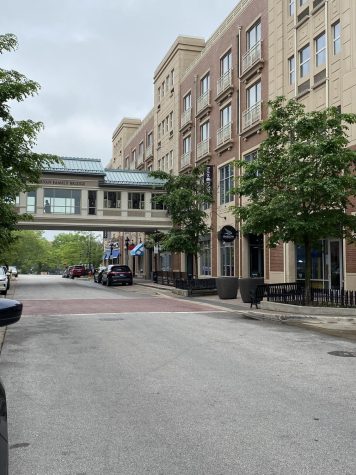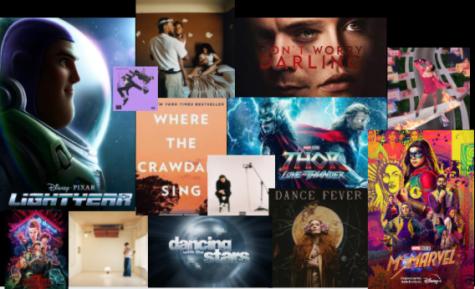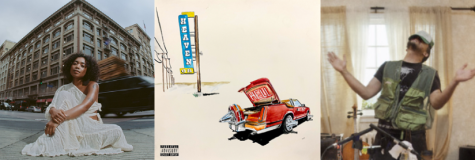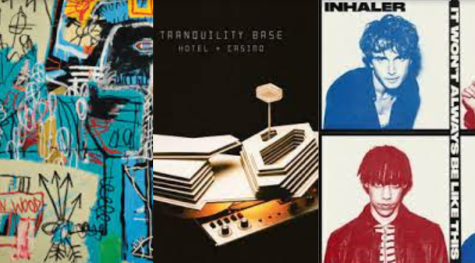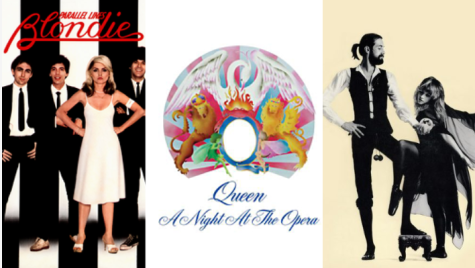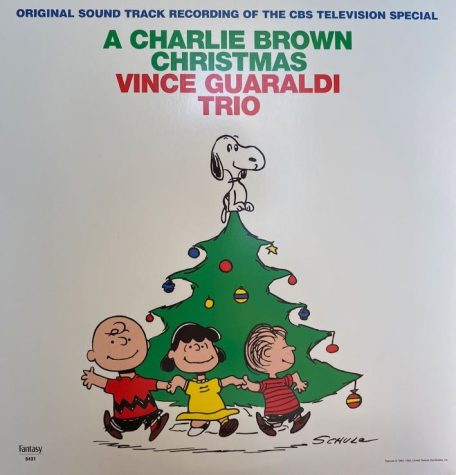Behind the Film: Lighting
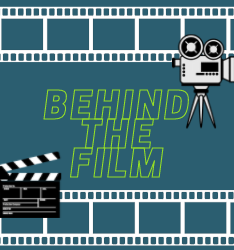
Photo by Grace Ainger
*Disclaimer: This column reveals some plot lines of the show “WandaVision”
Films are beautifully complex. A multitude of elements are woven together to create a clear, unified message. However, some of these production elements are rarely recognized or understood. From lighting to costumes, let’s go behind the film.
Today, we’re focusing on lighting. Lighting supervisors and cinematographers work together to utilize spotlights, top lights, large, flat lights called condors and colored filters to bring life to a scene and movie. But how exactly does lighting help a film?
Lighting is commonly most crucial in establishing the tone. The brighter, lighter visual tones of a scene can represent vibracy, joy and peace. The same is true of darker lightning. The darker a scene is lit, the more intense and secretive it can feel. This tone skill is presented in director Steven Spielberg’s Oscar-winning reboot of “West Side Story.” Earlier in the film, musical numbers such as “America” are filled with bright colors and lighting as the characters dance through the streets. The song itself represents the community and joy that living in America brought for some of the characters, and the lighting supports that joyful tone. As we move through the film and the rivalry between the gangs intensifies, the lighting darkens to where the dimmed light only shines on characters’ faces. It brings the audience into the rivalry’s intense and high-stakes nature. It truly is life or death.
Similarly, Netflix’s hit period show “Bridgerton” utilizes the same technique to further establish the society’s tone and feel. When the Bridgertons attend social events, parties are very brightly lit so that the dresses’ sparkles reflect the light, adding even more brightness to the event. Typically at these events, people are polite and kind. revealing no secrets or scandals. In contrast, private affairs are darkened as more secrets and scandals are (rather ironically) brought to the light. The audience is in on the secret, as opposed to when we are “in the spotlight” at the brightly lit social parties.
Another use of lighting is the juxtaposition of real life and fantasy scenes. While real life can be darker and glum, a fantasy setting often is bright and as separated from real life as possible. Marvel Studios’ “WandaVision” displays this technique throughout the show. When Wanda is in the Westview sitcom scenarios, scenes are brightly lit with no changes in lighting. However, when we move outside of Westview, the lighting darkens, showcasing that, to Wanda, real life is glum and depressing compared to the escape to joy in Westview. In episode seven, the house belonging to Wanda’s neighbor, Agnes, is brightly lit– exactly like the rest of Westview. But as Wanda travels to the basement and Agnes is revealed to be villainous witch Agatha Harkness, the lighting darkens significantly, mirroring the immediate change from fantasy to reality.
The last lighting choice we’re discussing is the art of the flashback. Flashbacks can be incredibly important, especially when loss and grief are discussed in a show. Another Elizabeth Olsen project, “Sorry For Your Loss,” uses lighting to showcase the different emotions the main character, Leigh, feels when looking back on times with her recently passed husband, Matt. The flashbacks are normally brightly lit, and mostly utilize natural lighting coming through the windows. The characters look as if they are glowing as we see what life used to be like for the couple. In contrast, real life and present times are darker, with natural light toned down via the use of curtains and light dampeners. Similarly to “WandaVision,” Leigh views the present times through a different lens and light than times spent with Matt. This flashback technique also works in reverse. A flashback to a darker time needs darker lighting to establish the difference in tone. “Sorry For Your Loss” changes its lighting use in this way as we move away from the relationship’s illusion of perfection and discover its underlying issues.
Lighting isn’t just a way for the audience to see what’s going on, or to see the character’s faces. Lighting aids in establishing the tone of a scene, and is mostly used to establish differences between places, reality, fantasy, and the past. It’s incredibly important and deserves to be recognized more by the average movie-goer.

Grace is a senior at North and is thrilled to begin her second year of The North Star as Managing Editor. She’s excited to pursue her own journalistic...


